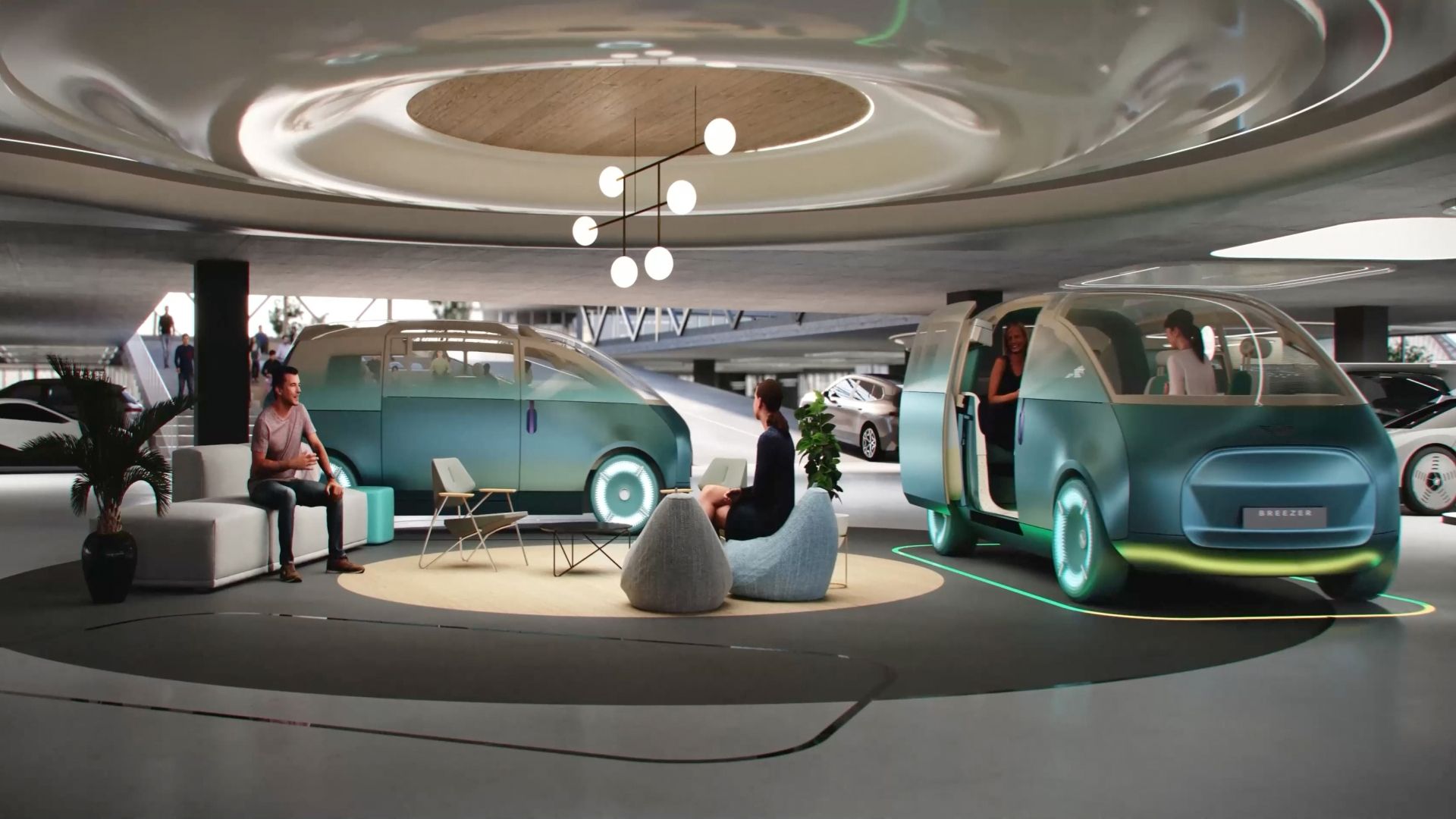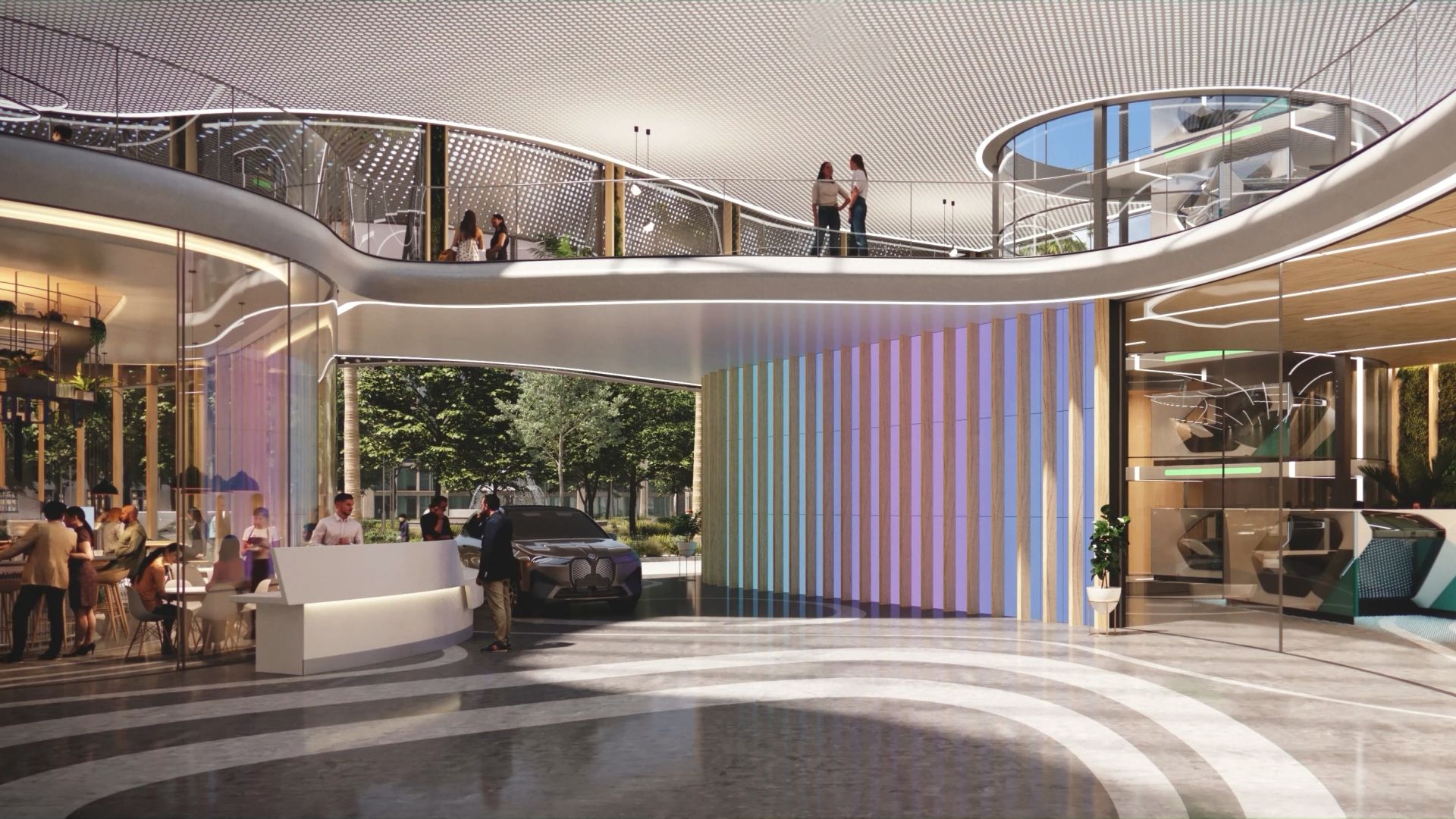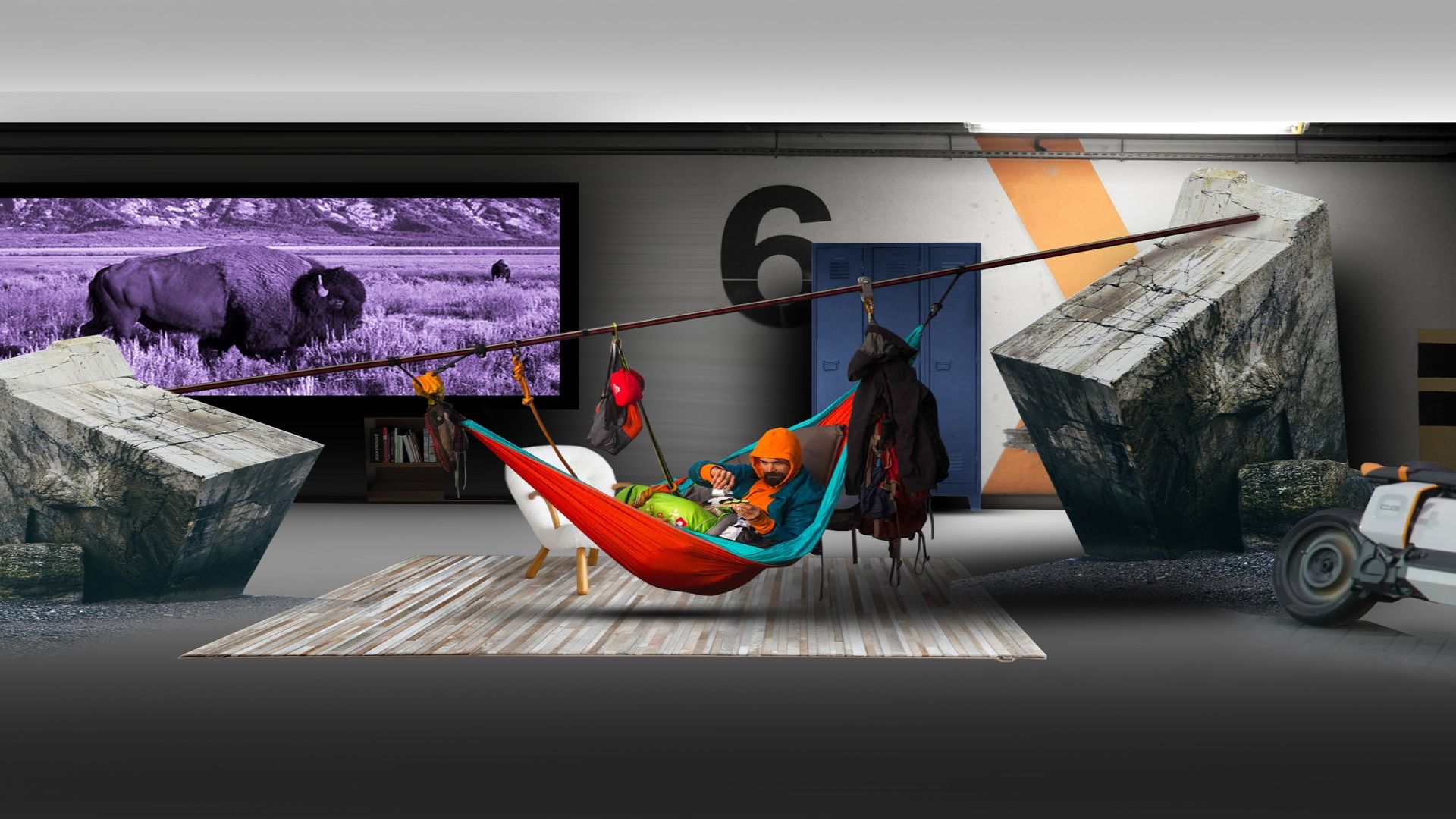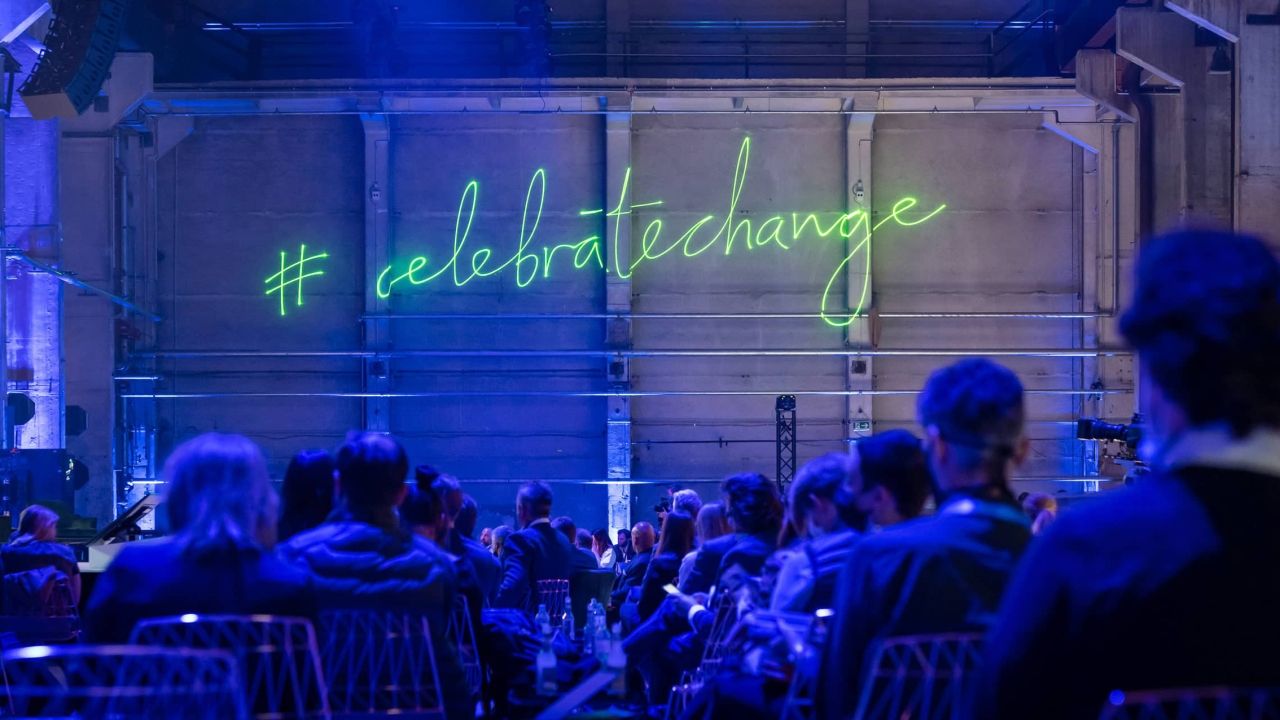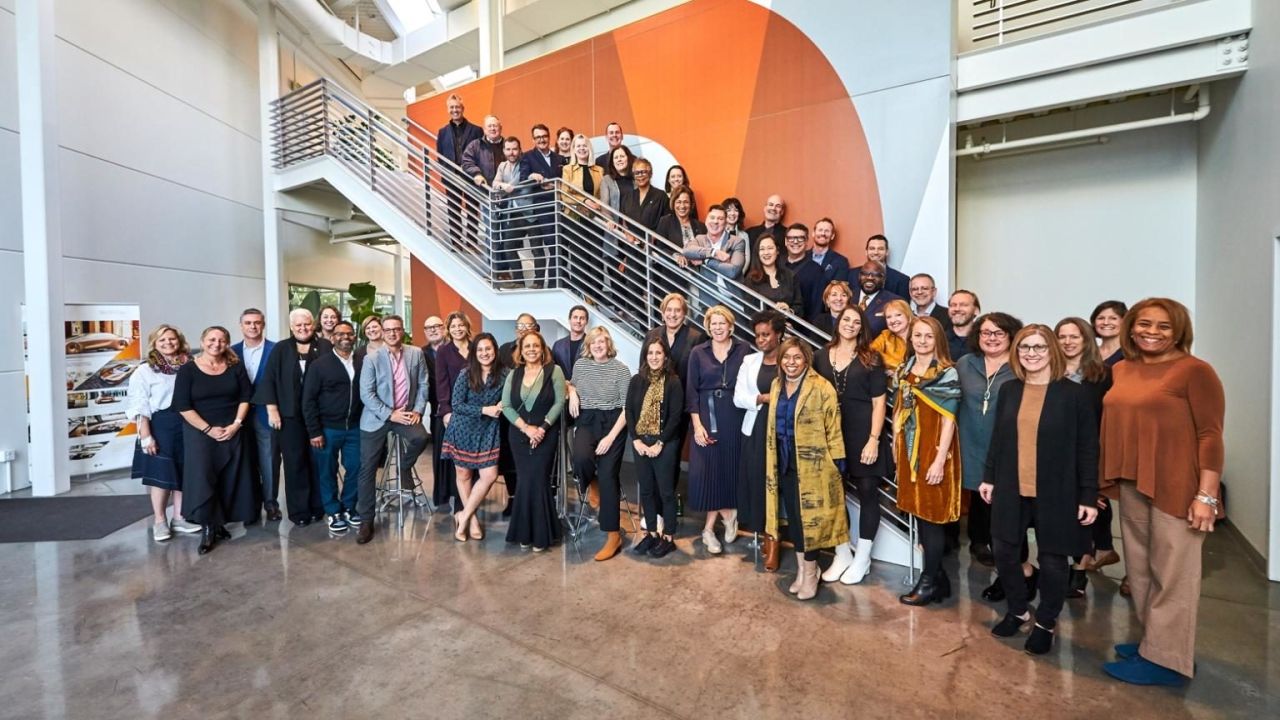How a Los Angeles Industrial Design Agency Envisions a Smarter, More Electric Future for Cities
“As designers who work in the space of electric mobility, our calling is to anticipate possible futures—to look for newness afforded by technology, and to see where it intersects potential for improving our lives.”
Looking at the topic of electrification from the Designworks point of view, the million-wattage question is not how we will get sustainably from A to B. But rather what will happen once we get there.
When electricity is ubiquitous, clean, and fully accessible, what role will vehicles have in that new ecosystem, and how do we use that technology to make our lives, people’s lives, better?
“Electric ecosystems are capable of driving new value, beyond transportation and mobility, through space, lifestyle features, and always-on services.”
From Electrified Experiences, to Electrified Lifestyles/Ecosystems
When talking about electrification today, people usually think batteries, chargers, Elon. But if we take a few steps back and start connecting the dots beyond the usual suspects, a bigger picture begins to emerge.
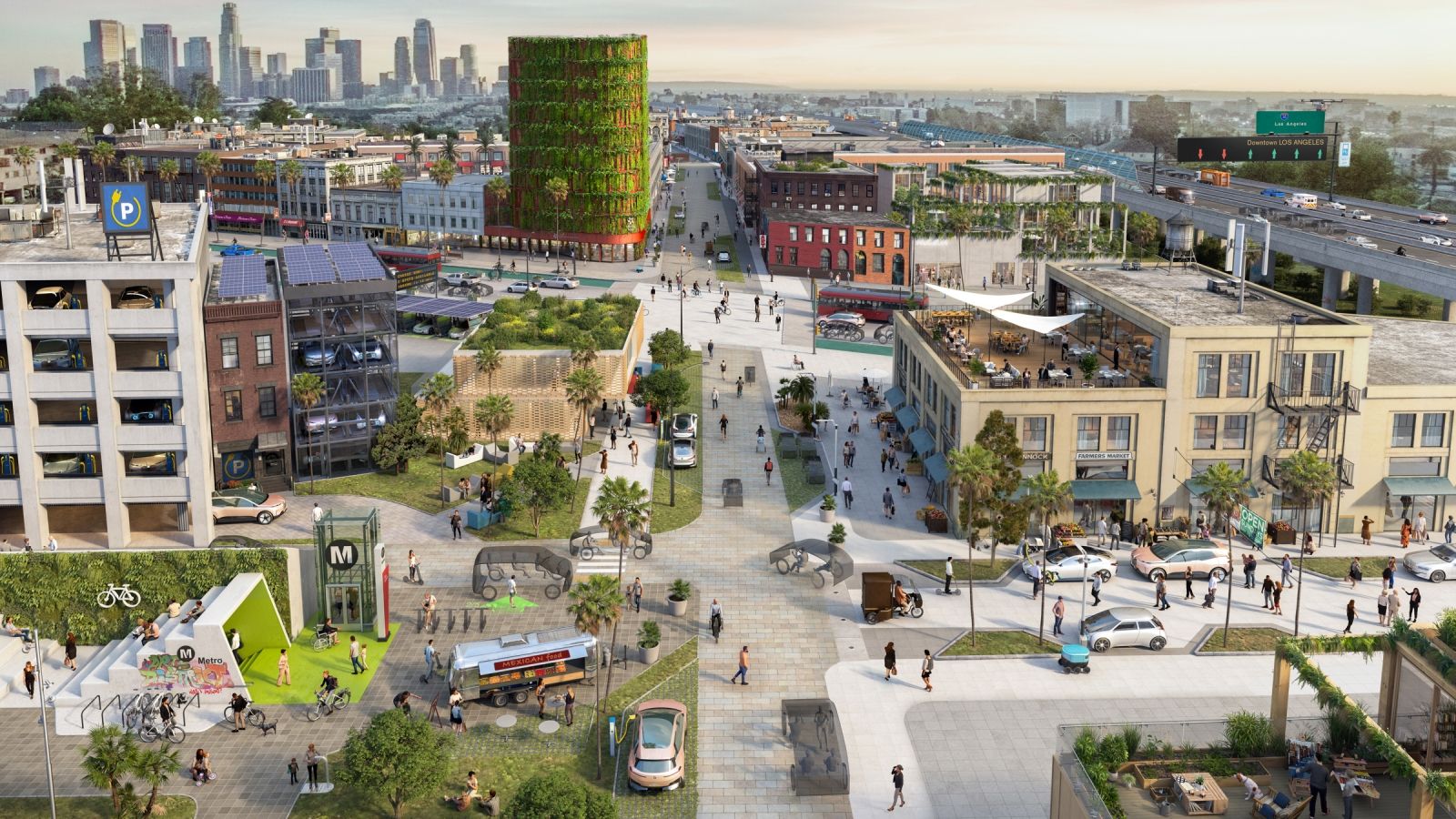
BMW Group: Urban Mobility Futures vision.
The full range of future opportunities that electrification has to offer becomes visible when we start looking at it not as a series of isolated products and experiences but as an interconnected ecosystem.
“We have to move beyond charging and electric propulsion systems, and we have to turn it on its ear to say that this is an enabler, it’s a platform, it’s a system.”
As designers shift from looking at a single object to an entire ecosystem, we start to see what electrification can do for the human experience—making everyday human performance easier, frictionless and honestly, just more possible.
People Before Features
Electrification as a platform has tremendous potential for various use cases. It amplifies digitality and connectivity, it can turn vehicle interiors into multi-purpose spaces, able to express and stage different aspects of our lives—from productivity and entertainment, to fine dining or even a home away from home.
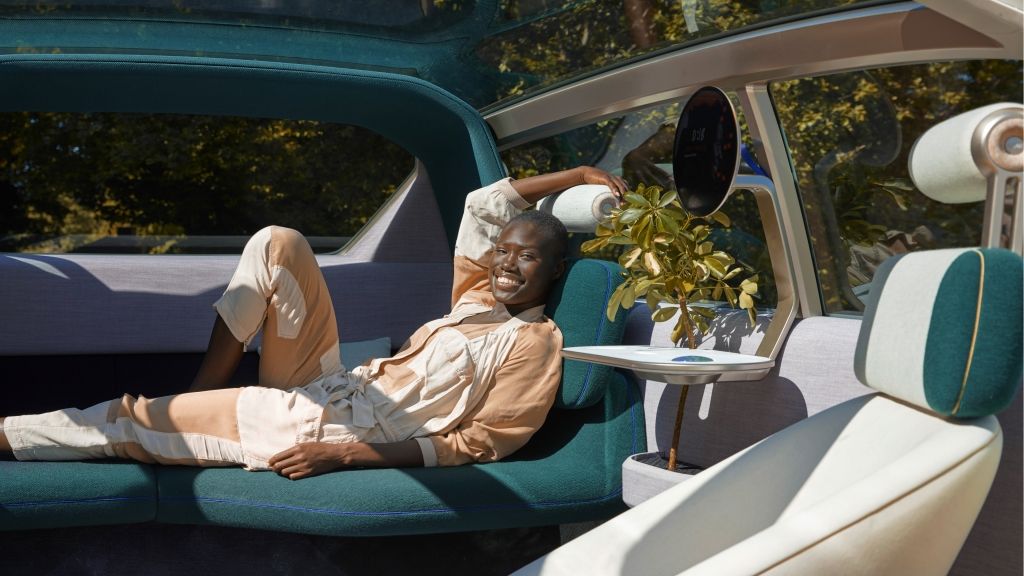
“As our cars and energy become more intelligent, they can do more than just getting us from point A to B, both as functioning devices as well as new-found spaces: mobile workspaces, monitoring devices, or even a digital companion.”
But do these features truly make life simpler? Do they add value and take away friction? Defining the quality of the electric experiences of the future should always be design’s focus point.
Is the electrification of things the new internet of things?
Connectivity fundamentally changed pretty much everything from products and industries to culture and language, and even design itself. We can expect the same radical impact from electrification. Not just on our habits and lifestyles. But also, our spaces, environments, and infrastructure.
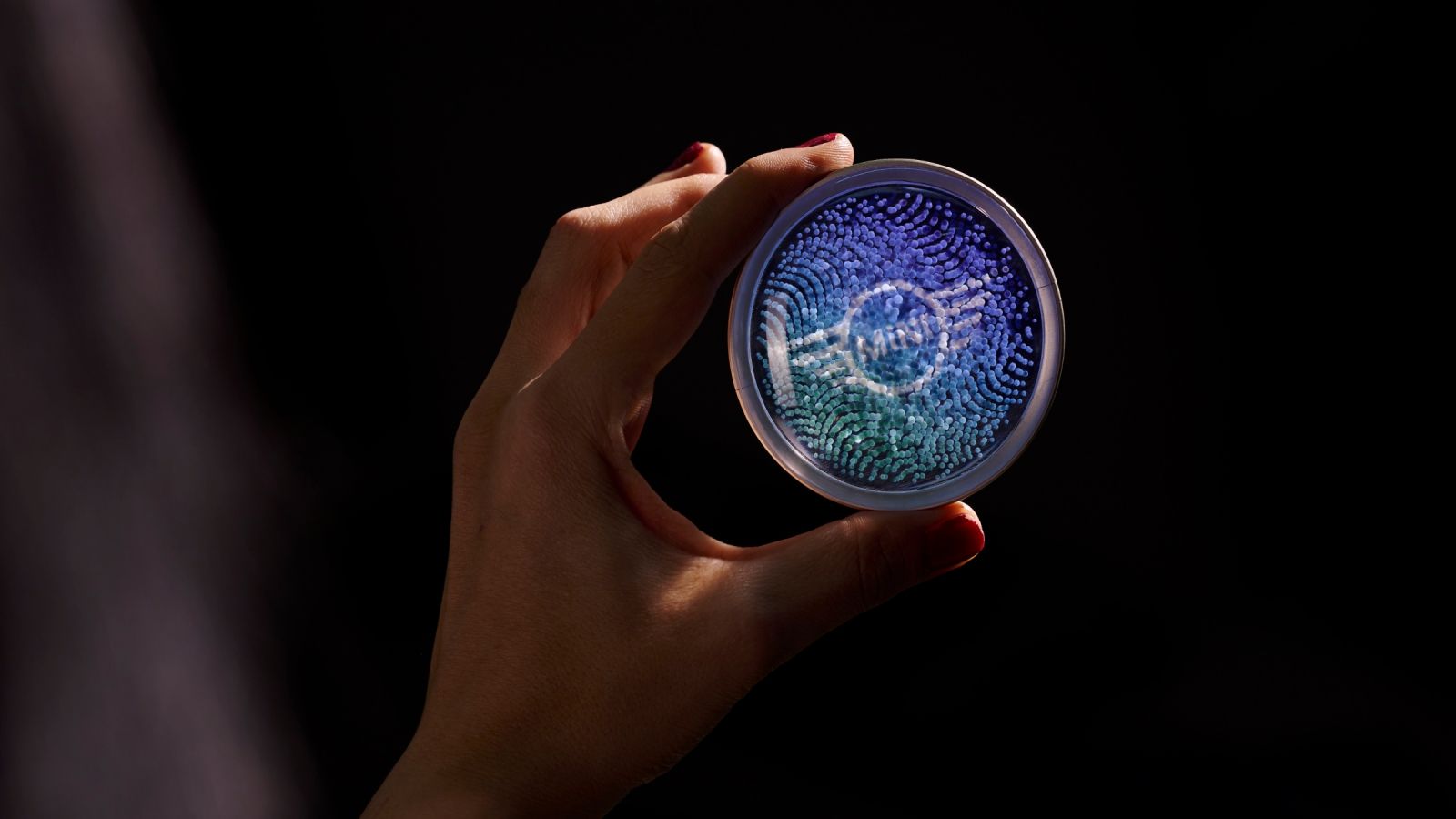
The MINI Token is the centerpiece of the MINI Vision Urbanaut’s experience worlds. It can be programmed to provide personalized experiences, in which the user can configure their own preferred scenario of fragrance, ambient lighting, music, etc. and call it up directly at a later time.
“We are so used to our cars—one of our most expensive purchases—being idle 90% of the day. But what if our mobility is always on? What other functions could our cars do while sitting, if they are electrified, and connected to the infrastructure?
As our cars and energy become more intelligent, they will move seamlessly with our daily lives, easily adjusting to various tasks. Their transition towards the always-on status will maximize their value and functionality. And even help them do that long awaited leap from functional to emotional intelligence, and from assisting us to empowering us.
An Electrified Lifestyle is a Frictionless Lifestyle
Electrification is making mobility not only more sustainable but more flexible too. And that flexibility can and will extend to the vehicle’s surroundings: buildings, infrastructure, the urban environment as a whole. With electrification as clean technology, we can charge our vehicles at home, at work, or at new experience-based charging locations.
“Electrification blurs the boundary between what used to be an isolated refueling infrastructure and its relationship to the building infrastructure around it.”
Experiences such as refueling, which we now perceive as a necessary-and inconvenient-evil, can be re-imagined as opportunities to recharge (vehicles, bodies, and minds), to consume content, be productive, or even socialize.
Mind the Watt
A vehicle’s role in our lives is about to get a serious upgrade. With a little help from electrification, vehicles will soon(ish) have both the functional and emotional intelligence to facilitate much more than the good ol’ point A to point B transitions.

The BMW Interaction EASE. BMW’s Intelligent Personal Assistant, the intelligent force behind this unique experience, integrates a new type of gesture control and gaze detector system that was developed together with the BMW Group.
Play your design cards right and next to its mobility duties, a vehicle can be anything from a stand-alone space to an operating system, an immersive portal to the metaverse, or a stage for on-demand lifestyle experiences.
Get it wrong and you might soon be out of business!
